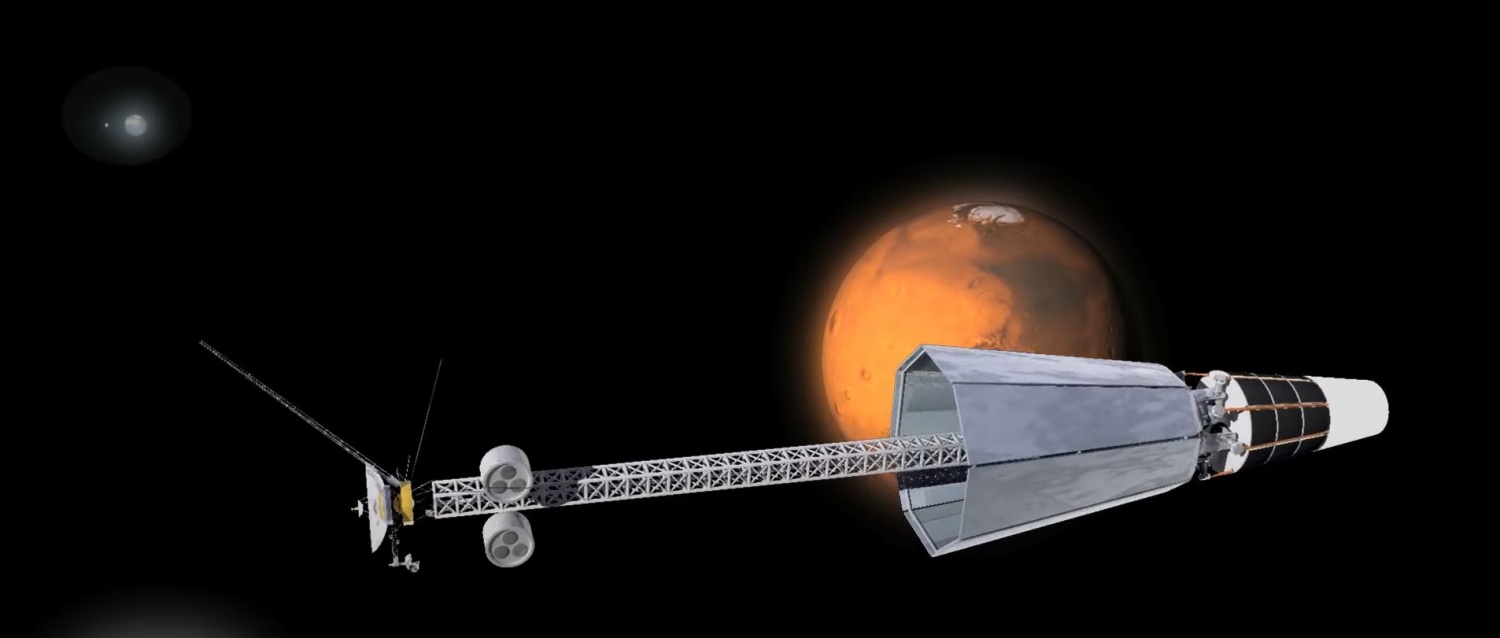Lockheed Martin Secures $33.7 Million Grant from Air Force Research Laboratory to Advance Nuclear Electric Power and Propulsion for Spacecraft
Lockheed Martin has received a $33.7 million grant from the Air Force Research Laboratory (AFRL) to further develop its Joint Emergent Technology Supplying On-Orbit Nuclear (JETSON) High Power program, aimed at advancing high-power nuclear electric power and propulsion technologies for spacecraft design.
At the preliminary design review stage, the initiative seeks to meet the increasing demand for improved spacecraft mobility, situational awareness, and power generation.
Teaming up with Space Nuclear Power Corp (SpaceNukes) and BWX Technologies, Inc. (BWXT), both known for their expertise in nuclear power and reactor design, Lockheed Martin’s JETSON project represents a significant leap forward in leveraging nuclear electric propulsion for ambitious space exploration missions, including those destined for the Moon, Mars, and beyond.
Barry Miles, program manager and principal investigator for JETSON at Lockheed Martin, emphasized the essential role of nuclear fission development in space applications, envisioning transformative technologies that could redefine space exploration.
He stressed Lockheed Martin’s commitment to collaborating with government agencies and industry partners to advance high-power electrical subsystems, electric propulsion, nuclear thermal propulsion, and fission surface power systems.
The core of the JETSON program revolves around a fission reactor responsible for generating heat, transferred to Stirling engines to produce electrical power within the range of 6 kWe to 20 kWe. This capacity exceeds traditional solar arrays a factor of four, providing a significant advantage for deep space missions, especially in situations where continuous sunlight cannot be guaranteed.
The development of the project will involve various facilities across the country, including Lockheed Martin’s facility near Denver, AFRL’s facility in Albuquerque, New Mexico, SpaceNukes’ facility at Los Alamos, New Mexico, and BWXT in Lynchburg, Virginia, with further support from national labs, facilities, and suppliers in New Mexico.
With the growing demand for alternative power-generation methods, the technology’s capability to deliver higher electrical output than conventional solar-powered spacecraft makes it a valuable addition, particularly in scenarios where solar panels may be impractical.
The safety of the JETSON project remains a priority, with careful attention given to the handling of uranium before the fission process begins. The reactor remains inert and inactive during launch, only initiating the fission process when the spacecraft is safely in a non-decaying orbit far from Earth.
The development of the JETSON program marks a significant advancement in nuclear technology for both terrestrial and on-orbit applications, with the potential to enhance maneuverability and power capabilities, shaping the future of space force operations.
Overall, Lockheed Martin’s JETSON program demonstrates the company’s commitment to innovation and collaboration, driving the advancement of nuclear electric power and propulsion technologies for the next generation of spacecraft.
As the program progresses, it is set to pave the way for transformative technologies that could revolutionize space exploration and redefine the future capabilities of spacecraft design.
(Image credit: Lockheed Martin)

